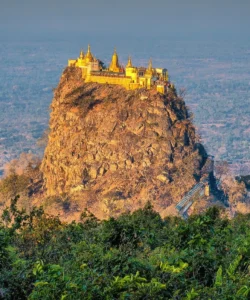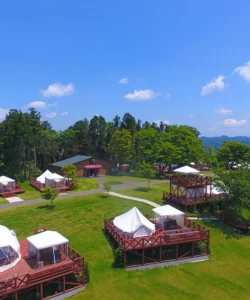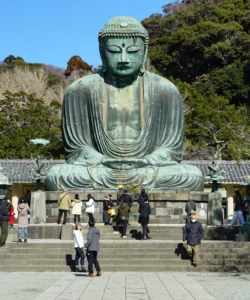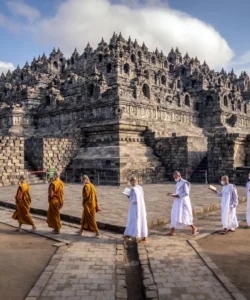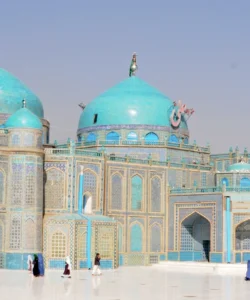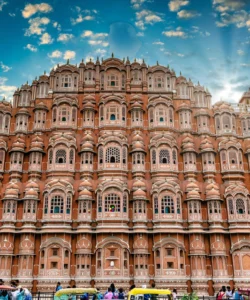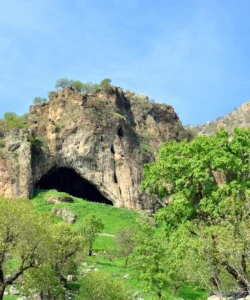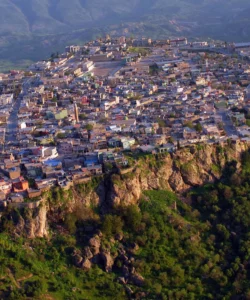The Kajaki Dam is a significant and strategic dam located in the Helmand Province of southern Afghanistan. While not a historical or natural wonder in the traditional sense, its importance as a piece of infrastructure and its tumultuous modern history make it a prominent and famous landmark in the region.
Name: Kajaki Dam (Dari: سد کجکی; Pashto: کجکی بند)
Address: The dam is situated on the Helmand River in the Kajaki District of Helmand Province, approximately 161 kilometers (100 miles) northwest of Kandahar.
How to Get There:
Travel to the Kajaki Dam is currently extremely difficult and unsafe for general tourism due to the political instability and conflict in Afghanistan. The following information is for historical context and is not a recommendation for travel.
- By Air: The closest major airport would be Kandahar International Airport (KDH). From there, a vehicle would be necessary to reach the dam.
- By Road: The dam is located in a rural and historically contested area. The road from Kandahar and other major cities can be dangerous.
- Best Time to Visit: The cooler, dry months from October to April would be the most comfortable, but travel is not advisable.
Landscape and Architecture:
The Kajaki Dam is a large-scale modern engineering project, built in a rugged, mountainous landscape.
- Embankment Dam: It is an earth and rockfill embankment dam, standing at 100 meters (330 feet) high and 270 meters (890 feet) long. The dam’s massive structure is built to withstand the immense pressure of the Helmand River.
- Reservoir: The dam has created a large artificial reservoir with a significant storage capacity, which holds back the waters of the Helmand River. This reservoir is crucial for its dual functions of irrigation and power generation.
- Hydroelectric Power Station: The dam includes a hydroelectric power station at its base. It was originally designed to house three turbines, but due to decades of conflict and logistical challenges, the full capacity was not realized until recently. The dam’s power generation capacity has been a contentious and symbolic issue.
- Irrigation Infrastructure: The dam is an integral part of a larger irrigation scheme. Water released from the dam flows through a network of downstream canals, irrigating vast tracts of formerly arid land in the Helmand and Kandahar provinces.
- Strategic Location: The dam’s location in a remote, mountainous region of Helmand Province has made it a focal point of conflict for decades, with various armed groups vying for control of this vital piece of infrastructure.
What Makes It Famous:
- Dual-Purpose Infrastructure: The Kajaki Dam is famous for its dual purpose of providing electricity and irrigation to southern Afghanistan. It is a critical component of the Southern Electrical Power System and provides water to irrigate hundreds of thousands of acres of agricultural land.
- Symbol of Modernization and Conflict: Its history is a powerful allegory for Afghanistan’s modern history. Built in the 1950s with American aid as part of a vision for a modern Afghanistan, it was never fully completed due to the Soviet invasion in the 1970s. For decades, it has been a monument to both the promise of a peaceful future and the harsh reality of war and instability.
- Focal Point of Modern Conflict: The dam and its surrounding area have been the site of numerous military operations, most notably during the U.S. and NATO presence in Afghanistan. It was a crucial and often dangerous area for British and American forces.
- A Symbol of Reconstruction Challenges: The project to upgrade the dam and install a third turbine, which was a top priority for U.S. development efforts, became a powerful and often criticized symbol of the logistical, security, and political challenges of reconstruction in a war zone.
- The “Kajaki” Film: The dam’s fame was further amplified by the 2014 British film “Kajaki,” which dramatizes a real-life incident in 2006 where a British patrol was trapped in an unmarked minefield near the dam, bringing its story to a wider international audience.
Differences from Some Other Wonders:
- Modern Engineering vs. Ancient History: While other Afghan wonders are ancient (e.g., Old Kandahar, Citadel of Herat), the Kajaki Dam is a modern engineering project from the 20th century. Its significance is not historical or artistic in the traditional sense, but strategic and economic.
- Function Over Aesthetics: Unlike the Blue Mosque or the Gardens of Babur, which are celebrated for their beauty and art, the Kajaki Dam’s fame is rooted in its utilitarian function—providing water and power—and its symbolic role in the country’s development and conflict.
- Modern Military Context: Its story is deeply intertwined with modern military history and counterinsurgency efforts, making its fame very different from a historical site. The narrative of convoys of equipment being transported through contested territory and soldiers fighting to secure the site is unique to its identity.
- Symbol of Unfulfilled Promises: While monuments like Darul Aman Palace are symbols of abandoned dreams that were later resurrected, the Kajaki Dam’s story is one of a long-standing, often-promised but rarely-completed project, making it a more nuanced and sometimes frustrating symbol of development challenges and unfulfilled potential.
- Focal Point of Resources, Not Religion: Unlike religious sites like the Blue Mosque, the Kajaki Dam’s importance lies in its control of a vital resource (water and power), which is why it has been a strategic objective for various groups.
Kajaki Dam in Helmand Province Photos:



















